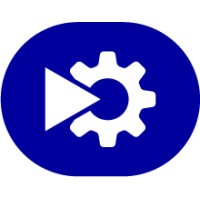
Panagon Systems
PANAGON SYSTEMS, based in Macomb Michigan USA, is the largest aftermarket hydraulic piston pump and parts manufacturer in the North America, providing the largest variety of current and obsolete components. Most hydraulic suppliers import their parts for resale, having no control over quality and with no knowledge of the manufacturing process. Panagon is different with the ability to produce a product from the raw materials to a finished pump, assembled, tested, painted, and shipped from our facility, thus making our operation different from all others in the aftermarket industry. Manufacturing companies like PANAGON SYSTEMS are needed in the industry because the original product manufacturers from time to time phase out certain product lines based on application needs, customer demands and just a general need to keep pace with the worldwide competition on product variety. When they do that, there remains a huge amount of machines and equipment still in operation with these phased out hydraulic products which need to be serviced for many years to come. Most of the OEM manufacturers can support a breakdown situation thru their distributor network for current production product lines, but due to phasing out of old products, the customer soon finds out the parts are not available or if they are, the delivery time could be months or the cost is high because of manufacturing out of the normal production schedule. Under those circumstances the customers are required to look at other suppliers like PANAGON SYSTEMS for the replacement parts. PANAGON SYSTEMS attempts to fill the void OEM’s create by manufacturing the phased out, expensive, unavailable pumps, motors and transmissions, from companies like Vickers, Denison, Rexroth etc.






